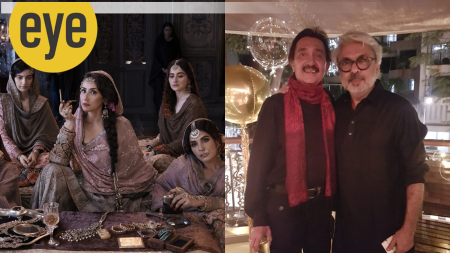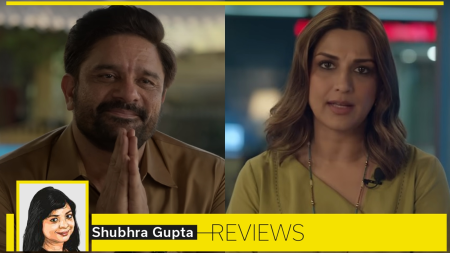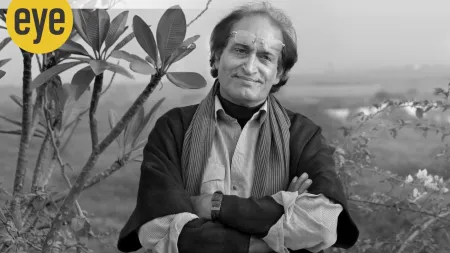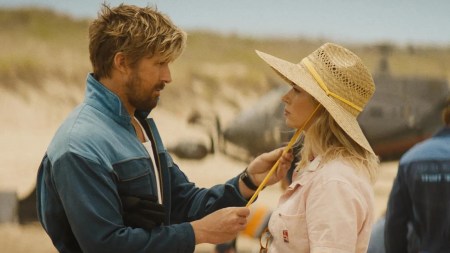- India
- International
Up, Close and Personal
Swiss photographer Walter Bosshard’s photographs of Mahatma Gandhi and Mao Zedong present them in unprompted moments before they became world icons, and tell stories of nationalism and resistance.
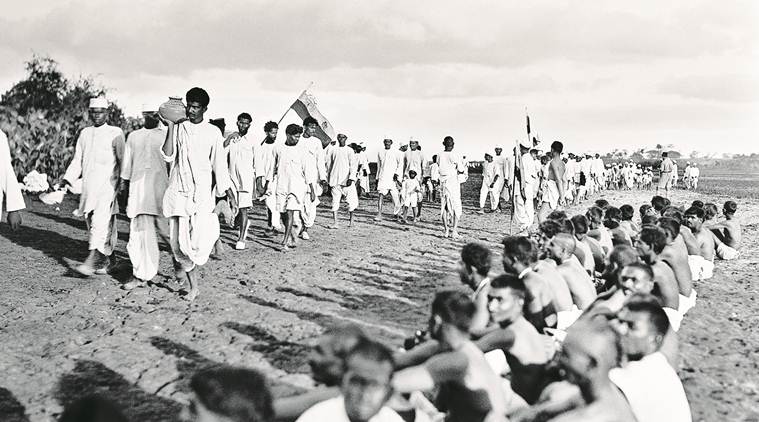 Arrival of a group of volunteers at the river 7 April 1930.
Arrival of a group of volunteers at the river 7 April 1930.
The philosophies and ideologies of the two leaders, Mahatma Gandhi and Mao Zedong, might seem disparate but the two founding fathers of the world’s most populated countries, India and China, share space at the Kiran Nadar Museum of Delhi, in the frames of Swiss photojournalist Walter Bosshard.
On a slightly nippy Delhi evening, a small group — including gallerists Mala Aneja and Renu Modi, artist Vasudevan Akkitham — gathered at the Saket museum to discuss the two leaders, seen through the lens of Bosshard. Curator Gayatri Sinha walked them across the room where on display are over 50 photographs of Bosshard, that have travelled to India for the first time. The photos are, till date, stored as negatives by the Swiss Foundation for Photography in Winterthur. “We don’t know this as a photographic entity,” says Sinha. “It is not out of question that both Gandhi and Mao welcomed this foreign photojournalist with open arms because they recognised that he could help to spread their opinions — and thus strengthen their positions,” writes co-curator Peter Pfrunder in the catalogue essay. Sinha’s 30-minute walk at the exhibition, “Envisioning Asia”, is an introduction to the leaders through the lens of Bosshard, documenting the personalities before they became iconic leaders in their homelands.
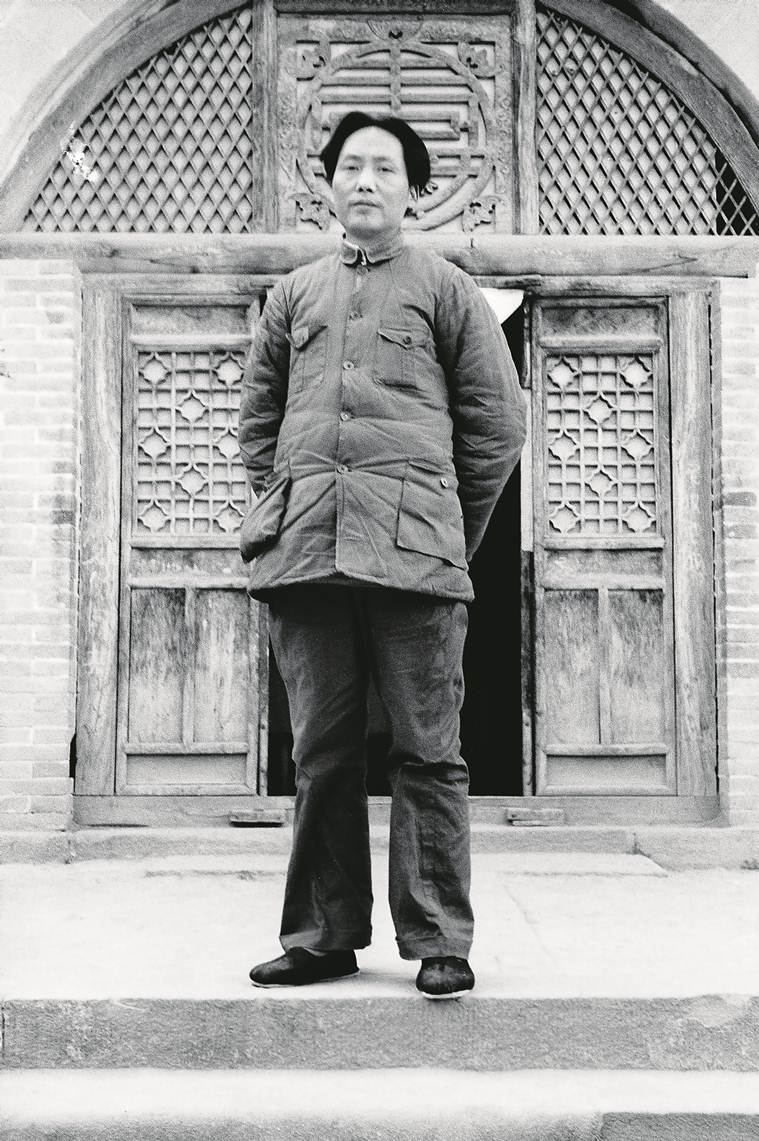 Mao Zedong in front of the entrance to the ‘Red Academy’, Yan’an, China, 1938.
Mao Zedong in front of the entrance to the ‘Red Academy’, Yan’an, China, 1938.
At the very onset, the two divergent personalities are apparent. While the set dedicated to Mao has a singular photograph of the leader as the central protagonist, with him standing upright, Gandhi seems more accessible. “The access that Gandhi grants Bosshard resembles the informality of late 20th-century pop stars and has hardly any parallel among other leading world leaders of the 1930s,” notes Sinha. Commissioned by German newspapers, the Munchner Illustrierte Presse and Berliner Illustrierte Zeitung, Bosshard arrives in India when Gandhi is setting out on the historic Dandi March. He photographs the Father of the Nation as one among the many who follow him. Bossard’s notes reveal that Gandhi had just one precondition that he would not pose for the photographer; and in none of the photographs does he. So unlike Margaret Bourke-White and Henry Cartier Bresson’s more public photographs where the iconic leader seems studied and conscious, in the current exhibition we see him more unguarded — shaving, reading the newspaper, spinning the charkha, sleeping and relishing the onion soup, among others.
Back home, Bosshard received accolades for his published photographs. “My pictures of Gandhi have been called the best anyone’s ever seen,” he reportedly writes in June 1930. The self-taught photographer embarks on another long journey eight years hence. This time to the hills of Yan’an in China, Mao’s closely guarded ‘Red Capital’. He is allowed access with a letter of recommendation from Zhou Enlai, Mao’s deputy in Hankou, famously reaching there before photographer Robert Capa. Bosshard does get some time alone with the leader but not uninterrupted. Several frames in the exhibition are dedicated to the members of the Red Army and their training, and Bosshard also records arguably the first silent film on Mao, which is also in the exhibition, and where Sinha concludes her walk.
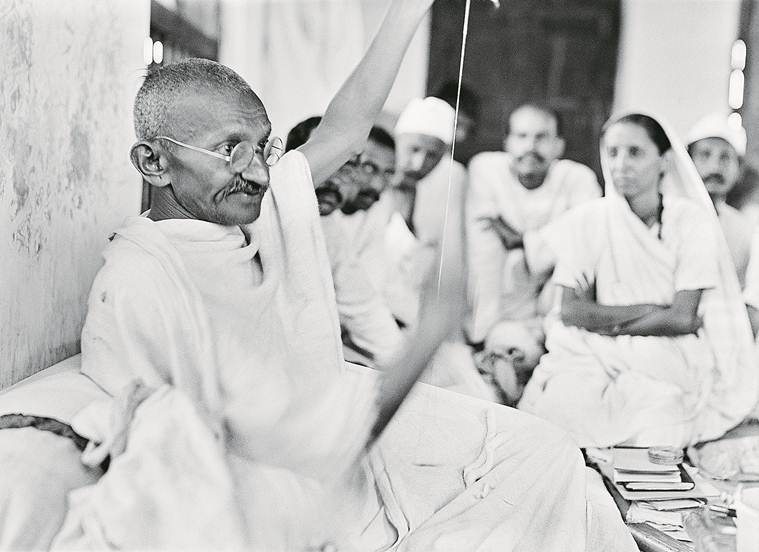 Dandi, 7 April 1930.
Dandi, 7 April 1930.
As the viewers analyse the body language of the authoritarian leader, Sinha notes how some of these photographs are still not permitted to be shown in China.
The exhibition at KNMA, Saket, is till October 31
May 05: Latest News
- 01
- 02
- 03
- 04
- 05


